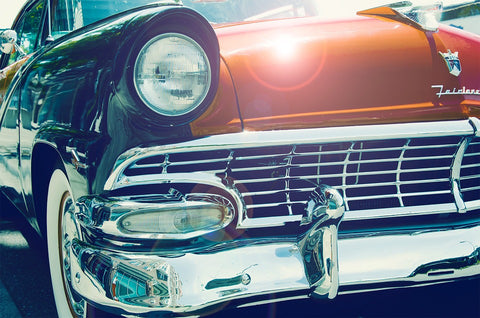Metal plating can add a sleek appearance to automobiles, but the benefits extend beyond just aesthetics. Electroplating can also protect cars and trucks from deterioration at the hands of a number of factors. One of the most common forms of automobile corrosion is rust. Rust can nip away at a car’s paint job and even eat into the body of the car to create gaping holes. Automotive corrosion, including rust, can be caused by:

(Pixabay / girlart39)
- Sea salt (from coastal areas)
- De-icing materials
- Acid rain (rainfall mixed with atmospheric pollution)
- Bird excrement
- Dirt
- Tree sap
- Dead bugs
The effects of rust can go well beyond the surface level. It can eat away at a vehicle’s brakes, fuel systems, electronics and electrical systems, and more. When rust infiltrates the inner workings of your automobile, it could stop functioning and your safety could be jeopardized. And perhaps most concerning of all, you might not even know it’s happening until it’s too late.
The solution to automotive corrosion is electroplating, which deposits protective metal ions onto a substrate. Common types of automotive plating include:
- Palladium. Palladium doesn’t react to oxygen, allowing it to stand up to corrosion. Palladium is resistant to heat and not very dense, but it is harder than gold. It is a particularly popular material for catalytic converters because palladium can absorb harmful gases so that they are not released into the environment.
- Zinc-Nickel. This alloy is popular for its shiny appearance (looks like chrome) and is used for power steering and brake systems as well as under-the-hood parts. It creates a powerful barrier against rust.
- Gold. Gold plating with automotive plating kits can add bling to hood ornaments, door handles, wheel rims, and more, but it also inhibits corrosion and wear. Gold is used to improve the electrical conductivity of cars’ electronic components. It costs more than other metal plating options but serves many valuable purposes in enhancing and protecting automobiles.
In short, electroplating helps cars wear better, last longer, and look nicer for the long term.
